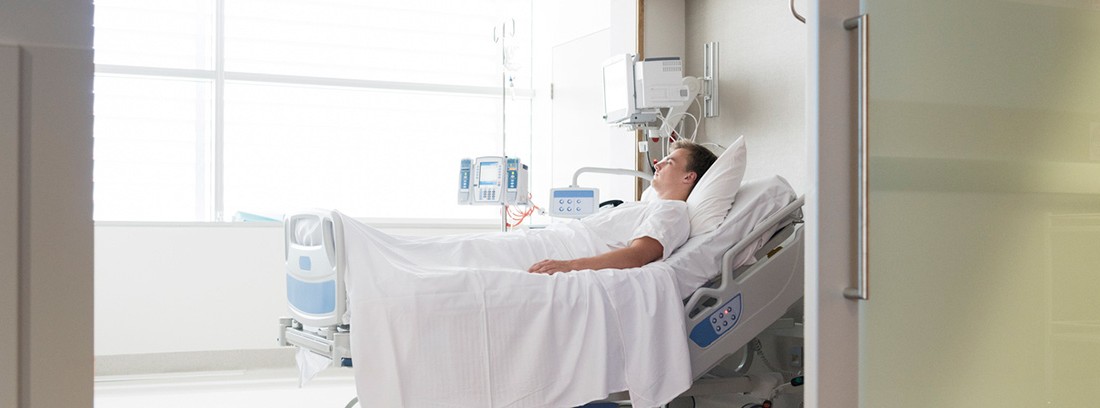Nosocomial infections

For an infection to be considered nosocomial, it must be detected at least 48 hours after admission. Infections detected in the patient's home within hours of being discharged from the hospital. In contrast, infections acquired outside the hospital setting (and not related to admission) are known as community-acquired infections.
What consequences do they have
The importance of nosocomial infection lies in its high index of hospital morbidity and mortality. Undoubtedly, the number of nosocomial infections in a hospital center is an indisputable quality criterion as it indicates effective prevention. Nosocomial infections cause a high mortality, a prolongation in time of hospital stay and increase of the cost of care. For this reason, prevention systems of nosocomial infections to improve the quality of care in health centers and avoid these negative consequences.
Causes
Although the figure may change depending on the source of the information, it is considered that approximately 5% of hospitalized patients develop a nosocomial infection during their admission. Retrospective studies of affected patients allow us to study and identify possible triggering causes in our environment.
The most frequent causes of nosocomial infection are:
- The urinary tract infection: especially in patients with an indwelling urinary catheter.
- The respiratory tract infection: for example, pneumonia in patients using ventilatory devices.
- The surgical infection: in patients who have undergone surgery.
- The bacteremia: or systemic infection, for example, after vascular catheterization.
Individual factors
Likewise, not only should hospital procedures be considered as the main source of the appearance of nosocomial infections, the profile of the patient himself is also very relevant. There are multiple individual factors that can favor the appearance of an infection during the admission of the patient: age (the older the higher the risk), the immune status (in case of immunosuppression the risk is multiplied), the concomitant diseases (for example, in diabetic patients there is an increased risk), received treatments (chemotherapy, interventions, probes, peripheral lines ...). On the other hand, it must, that it can come from another person in the hospital (cross infection), from the patient himself (endogenous infection) or from a cause present in the environment (environmental infection). The people involved and responsible for the care of patients should be mentioned as possible sources of spread of infections, so their responsibility in complying with the good hygiene practices for infection control. The systems for the prevention of nosocomial infections are aimed at all possible sources of infection and aimed at improving the quality of care in health centers.
Prevention programs
It has been estimated that the application of prevention programs of nosocomial infections can prevent around the 65% of bacteremia and urinary tract infections and 55% of pneumonia and surgical infections. Economic translation is very important. Some of the obvious measures to prevent nosocomial infections are:
- The hygiene of the hands of the sanitary professional.
- The use of gloves and a mask.
- Disinfecting the skin with an antiseptic before placing a catheter or peripheral line and removing these when they are no longer needed.
- The use of isolation.
- Sterilization of surgical material.
- Disinfection and washing of clothes.
- Control of environmental risk.
- The use of prophylactic antibiotics in patients at risk.
- The …
Any improvement applied to patient care will undoubtedly influence the decrease in the number of nosocomial infections. The caring for the environment of the patient is very relevant for the prevention of infection. It is easy to understand that the severity of an infectious process in an admitted patient is greater than in a patient at home. The hospitalized patient presents a sufficient medical reason to justify his stay in the hospital, which makes him weaker before a microorganism. Likewise, the addition of an infection to their reason for admission can hinder their evolution and worsen their condition.
In conclusion
Both prevention and early detection infection such as the use of treatment adequate are key pieces in the evolution. On many occasions, when a nosocomial infection is detected, what is called a antibiogram which consists of a specific laboratory study in which the most effective antibiotic in the eradication of that specific infection is identified. Family Medicine Specialist
(Updated at Apr 14 / 2024)